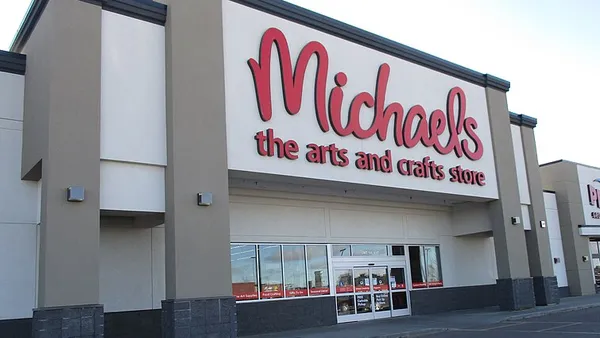In the aftermath of the 2024 peak season, a stark reality has emerged: while 70% of executives entered the holiday rush confident in their fulfillment systems, only 42% achieved successful system performance when demand hit its highest points, according to a new industry report. For retailers, this performance gap translated into millions in lost revenue, damaged customer relationships, and operational inefficiencies.
Understanding this gap—and how successful companies have closed it—gives businesses a roadmap for a smoother 2025 peak season. Step One is admitting the problem.
The True Cost of Hesitation
The financial impact of delayed supply chain platform upgrades cascades throughout an organization, creating a compound effect that culminates during the holiday season. As one supply chain director surveyed put it bluntly, "We entered peak thinking our systems could handle anything. By week two, we were already in crisis mode."
When Systems Don't Talk: The Inventory Crisis
"During peak, we had inventory in three different facilities, but our systems couldn't talk to each other. We were basically running blind," admits one Distribution Center Manager. Retailers faced devastating overselling and stock discrepancies between physical and digital inventory, especially in multichannel models. While one location desperately discounted overstocked items, another struggled with stockouts of the same product. Emergency shipping between locations became commonplace, eating into already thin margins.
Beyond the Cancel Button: The Hidden Customer Costs
The ripple effect of these inventory failures proved catastrophic. Support costs skyrocketed as staff struggled to manage an avalanche of order issues. Companies found themselves compensating customers for delays while grappling with long-term damage to brand reputation. Several retailers reported doubling their customer service staff during peak – an expense that could have funded growth initiatives instead of damage control.
Manual Mayhem: When Automation Falls Short
What started as temporary workarounds quickly became standard operating procedure, with staff working overtime to reconcile inventory across locations. These short-term fixes came with a heavy price tag in both labor costs and operational efficiency.
Technology upgrades are an easy fix for all of this, but you must attack early.
Why Early Birds Win
"Operations problems are notorious for growing compound interest on delayed opportunity costs," explained Tom Ward, SVP of Global Sales at Deposco. He points out that with traditional solutions, "the implementation journey typically spans six to nine months or longer.” More modern-architected systems can go live in under 90 days – which means that a decision in Q1 puts you way ahead of the competition for peak season preparedness and success.
Success stories within the report prove what's possible. One midmarket retailer transformed their operation, reporting that "with system-directed work and intuitive mobile interfaces, we cut training time by 75%. New hires were productive on Day One." Another major retailer's Operations Director noted, "Last peak season, we were drowning in manual processes. This year, we processed 40% more orders with the same staff."
From Pain to Profit: Building Your Case
Start by documenting your last peak season's specific impacts: canceled orders due to inventory inaccuracies, customer service escalations, split shipment costs, and manual intervention expenses. Then project these costs against your growth trajectory. How many more orders will you handle next peak? What's the breaking point for your customer service team?
Taking Action
"You'll know two to three weeks into the season where the faults are," Ward warned in his November analysis. The 2024 peak season data validates this perspective, with 58% of companies reporting negative financial consequences from poor peak performance.
Success in peak season 2025 will depend on early preparation and strong execution. The question isn't whether to upgrade your technology stack, but whether you'll give yourself enough time to do it right. The companies that thrive this peak season will be those who took action in Q1, not those who waited for summer's wake-up call.
Access the report for full analysis and recommendations.










